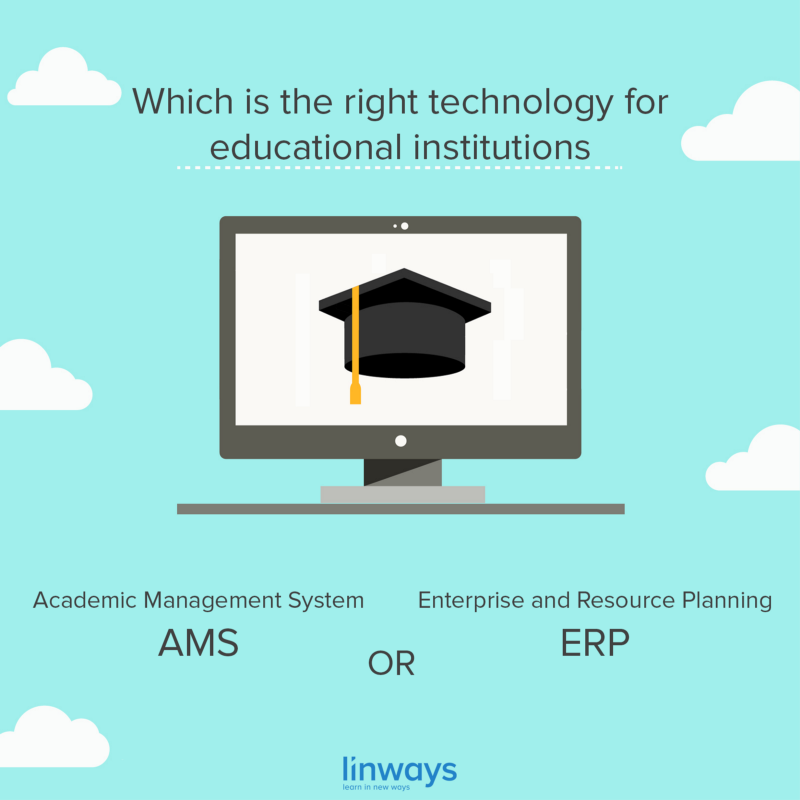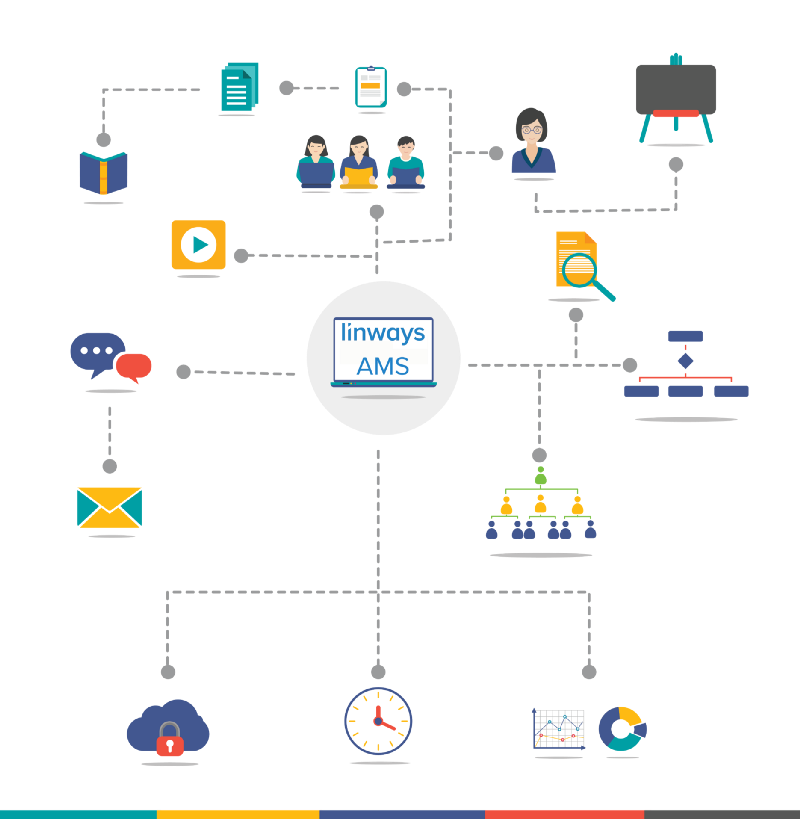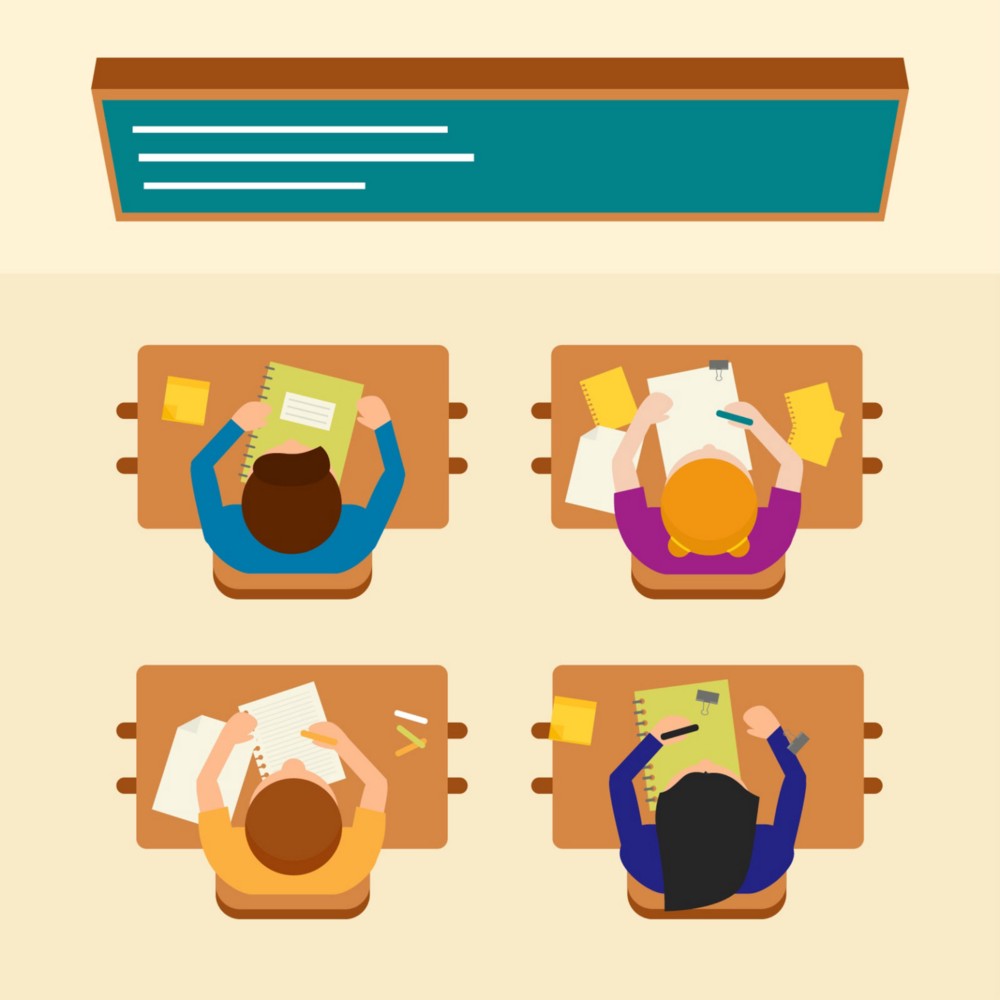
We have been working with many higher educational institutions and academicians since way before we started Linways. We also interact with teachers, management board members, students, and parents on a daily basis.
Drawn from those experiences, we wanted to clarify something that most get wrong.
“An Enterprise and Resource Planning (ERP) system is not the answer to the problems the academic institution face!!”
As we know, educational Institutions are going through some vital changes in the way they operate and interact with their students, parents, alumni, and faculty staff. As a result, a demand for more efficient and better technology has led the universities and colleges to turn towards academic management systems to cater to this demand.
Our educational system is catering a revolutionary change in it’s very axis. Everybody is paying attention to quality over quantity like never before. It doesn’t matter if an educational institution has a lot. Most educational institutions are under the impression that an ERP would provide a solution for these problems. They think that it automate their work and help them manage the academic activities. Even though that is partially true, an erp does not always include integrating the academic activities or collaborating a teaching-learning environment. In fact, an erp usually contributes into the overall workload and provides negative results.
This has led many institutions to turn their face from all such system altogether.
What educational institutions really want, when they are looking for an ERP is an Academic Management System- an AMS.
An Academic Management System AMS is a single cloud-based platform or a software that would help the stakeholders automate, manage, and monitor all their academic activities and optimize their academic workflow. Once the data is uploaded into an AMS, faculties and management can do a lot of the tedious tasks they were doing with ease and comfort. Of course, more efficient systems like Linways AMS lets you do a lot more that just tracking the attendance, but let’s not get into the details now.
AMS is the technology the institutions has been searching for. It may also very well be the solution for all the problems and setbacks the educational community were experiencing.

Since an AMS is specifically built for an academic environment, it does not have all the quirkiness of an ERP system. It communicates with the academics and meets the hurdles particular to the institution in a common ground. AMS makes up for the insight and institutional component which an ERP lacks.
The reason why most institutions choose ERP over AMS is to manage their accounting, fee collection, inventory management etc. This would also let them manage everything with a single entry. But a good AMS would provide APIs for interacting with these kind of third party solutions. So instead of multiple entries for academics and accounting, the institution only has to manage a single system that would take care of all their requirements.
An AMS when properly implemented into the institution addresses a whole range of issues from the grassroot level. It can automate most of the daily tasks, help the management to monitor academic and other peripheral activities, track institutional goals, and much more. AMS can save time and energy for every stakeholders the same time. It benefits the management, the students, and the faculties at the same time.
An efficient Academic Management System, like Linways AMS, lets you save time, reduce workload, and monitor everything happening in and around the institution and the curriculum. By utilizing AMS, Students and faculties will be provided with a system that acts similar to an intelligent organizer. The institutional management can take insights, track the progress of students and curriculum, manage various aspects of academics with minimum efforts and be in control of everything at the same time.
See for yourself what more does an AMS do here.
As the competitiveness in the field of education increases, only the ones that identifies and reacts to the problems will survive. Choosing a regular ERP system for an educational institution might not only undermine the productivity of the teachers and students, but might have serious impact on the results and quality of the institution too.
So be sure what you want, and choose wisely. This is the future at stake.



